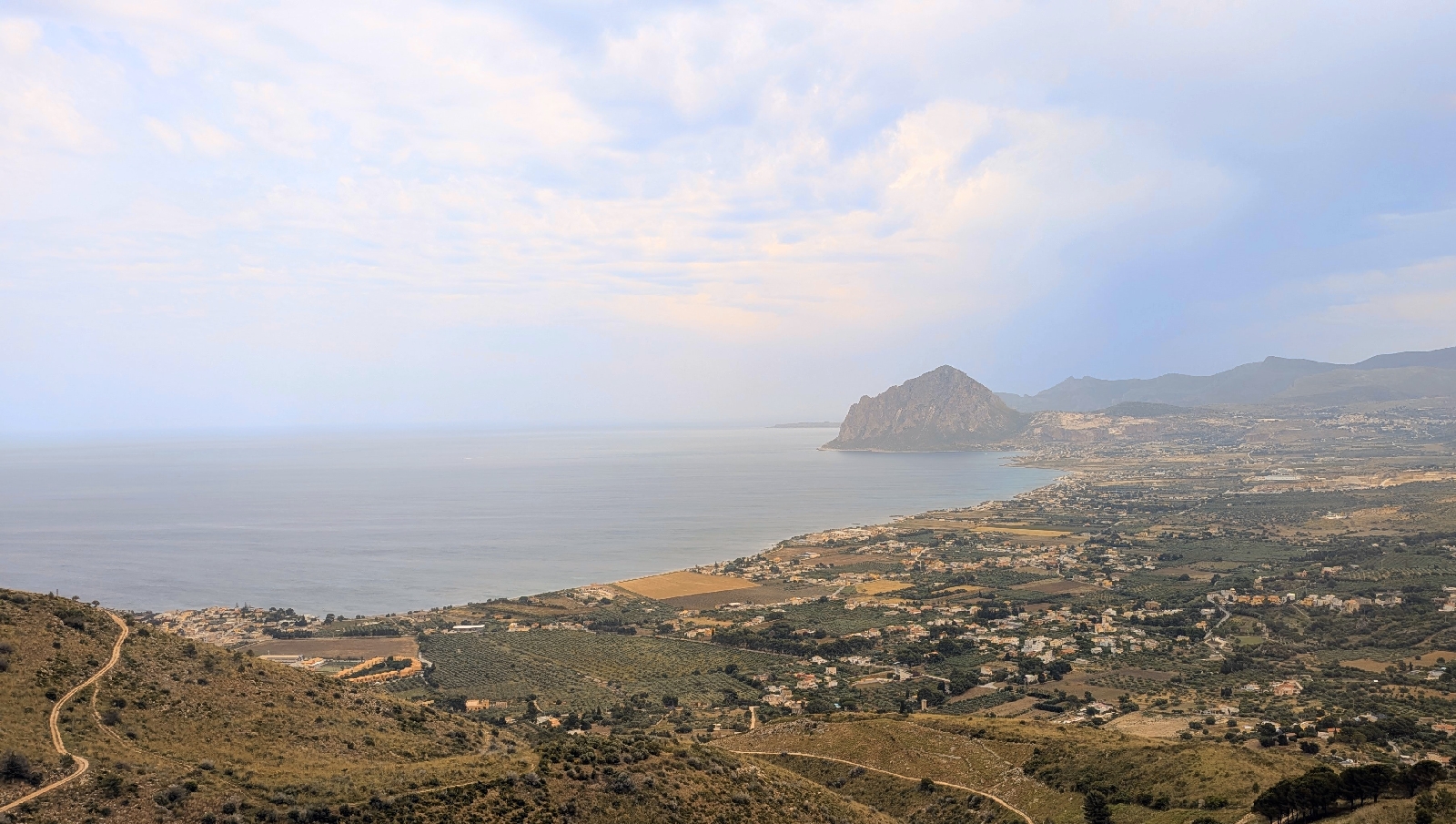Matera Italy
Matera Italy was our next stop. It is one of the oldest continuously populated city in the world. There have been people here since 10000 years ago in the Neolithic age. (Jericho is the oldest).
Right before WWII, in 1935, an Italian activist, Carlo Levi was exiled by Mussolini to the south (wilds) of Italy. He found a civilization living still in caves, or very poor stone houses with running refuse in the street, high infant mortality rate, no running water or electricity- just like medieval times. When he wrote his memoirs, he wrote a book about it called “Christ Stopped at Eboli”. It was a way to say that there was no modern civilization past Eboli (near Sorrento Italy). It was published in 1945. While the majority of the 15,000 people lived in poverty (some like animals) there were some better home and many churches. Before the town was there, it was a place that many monks lived in caves and communities away from the world. You will see some pictures at the end of basically holes and openings in rocks where the monks lived and worshipped.
I might not be explaining it well, but the book came to the attention of the state and in 1952, the Italian state came in and moved everyone out. They called it the shame of Italy. It took till 1968 to abandon everything and move everyone. Some people stayed and in the 1980s the next generation didn’t want to forget their heritage, and tried to open back up some of the caves. In 1993 it was declared a unesco site and rebuilt more. Then in the 2000s it became a world heritage site and and in 2019, voted the capital of culture.
There are still 3000 people that actually live here. 80% is owned by the state and the state lease their part to hotels and businesses and it has become a tourist destination. By saying tourist, it isn’t a crowded destination and it isn’t super well known, but it is very interesting.
Learn more about the old rock churches of Matera https://timelessitaly.wordpress.com/2015/08/18/the-ancient-cave-churches-of-matera/
You can see from the pictures why many movies would be made here. Some examples are, the remake of Ben Hur, Mel Gibsons the Passion of the Christ, the most recent James Bond film and a part of Wonder Woman, are some examples.
View from my hotel room at night
This view is from the street in the front of my hotel. The cathedral in the background is Matera Cathedral (Italian: Duomo di Matera; Cattedrale di Santa Maria della Bruna e di Sant'Eustachio) is a Roman Catholic cathedral.
Views from my hotel window above is in the day, below is a similar angle at night.
Looking up at some of the homes built into the rock
The picture above is an example of the parts of the town that have not been restored
Just a pic of the group Yep - we got some rain
San Pietro Caveoso in Matera - this one was built, not carved into the rocks, but directly behind it and up a tiny bit to the right is another church that was built into the rock . This is shown better in the picture below. When a church is built into the rocks, it is called a Rupestrian church. To the left of the church in the hillside are the completely abandoned parts of the old city.
There are some very old Rupestrian churches in this picture On the upper right, upper left and lower middle. If you enlarge the picture, you can see the openings in the rock. These churches do have a couple is stone frescos left, but it was too rainy and slippery to hike over there to see them.
A close up of a church in the rocks where the monks worshipped.
A mock up of what the living inside the caves looked like in the 1940s to 1960s.
What is it about churches around here and skeletons? I don’t think I would feel comfortably welcomed if I saw this over the front door of the church.
Matera Rupestrian Church - Santa Lucia Alle The area to the right was used for worship and still is once a year. To the left, it had many uses, but mostly to house people. We weren’t allowed to take pictures inside, so this is a picture or a picture.



















Amazing place! Looks like it would be really fun to explore. And also potentially easy to get lost in!
ReplyDeleteLots and lots and lots of steps! and roads twist and wind, but it seems like they all funnel into public squares or main streets
DeleteThis looks like one of the more difficult "ruins" to depict in photos. The skeletons remind me of Mexican "day of the dead" depictions. I never knew about this ancient civilization. It's amazing that Italy proper left them alone for so long, and also their reaction afterwards trying to assimilate by clearing them all out.
ReplyDeleteIt is very weird. Either they ignored them, or didn’t know about them. The assimilation didn’t go well and many hated the new way of life
Delete